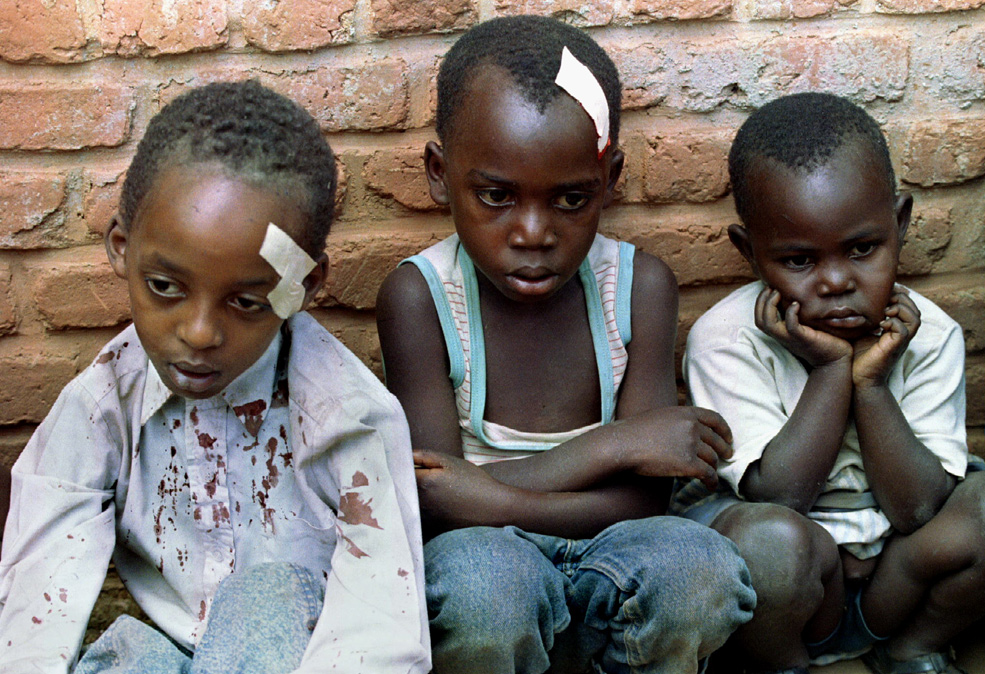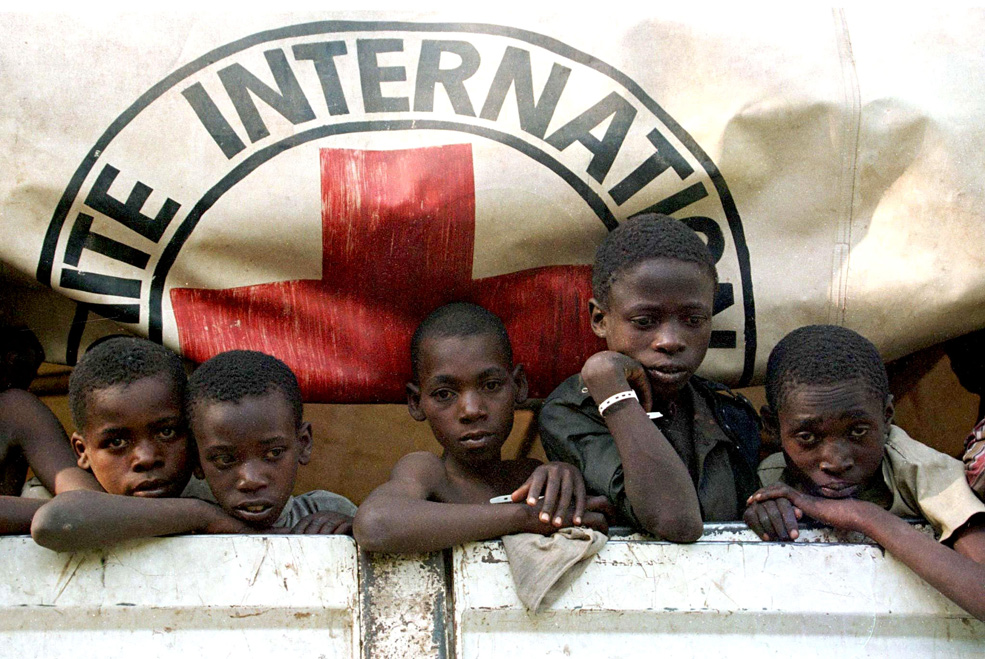Remembering Rwanda's genocide, 20 years later
Two decades have passed, but a violent history still haunts the country

On April 6, 1994, Rwandan President Habyarimana, a Hutu, was killed when his plane was shot down. The attack sparked immediate and horrific violence across the country, nearly decimating the minority Tutsi population.
Before the genocide, about 85 percent of Rwanda's 7-million-person population was Hutu, about 14 percent were Tutsi, and the final 1 percent were Twa. The Tutsi minority had formerly ruled the country, and when Habyarimana died, Hutu extremists began systematically killing Tutsi, announcing calls to massacre via radio broadcasts.
In the weeks following the April 6 plane crash, 800,000 Tutsi died. Thousands of Hutu were also killed trying to protect Tutsi neighbors, or otherwise opposing the killing sprees.
The Week
Escape your echo chamber. Get the facts behind the news, plus analysis from multiple perspectives.

Sign up for The Week's Free Newsletters
From our morning news briefing to a weekly Good News Newsletter, get the best of The Week delivered directly to your inbox.
From our morning news briefing to a weekly Good News Newsletter, get the best of The Week delivered directly to your inbox.
A Tutsi-dominated rebel group, the Rwanda Patriotic Front, eventually quelled the killings and instated President Paul Kagame — along with a fragile peace. But the country's dark legacy has not been forgotten.
"It was a big lesson for all of us," Florence Bugemimana, a Rwandan born a year after the killings, told The Guardian. "The whole country. Everyone suffered. No one wants that again."
In remembrance of this weekend's somber anniversary, here is a selection of photos from that horrific summer, and the unstable few years following.

May 30, 1994: Children hide in a house near their orphanage, which was hit by shelling. | (REUTERS/Corinne Dufka)
A free daily email with the biggest news stories of the day – and the best features from TheWeek.com

July 28, 1994: A woman collapses with her baby alongside the road connecting the Kibumba refugee camp and Goma, a city in Zaire, which as of 1997 became known as the Democratic Republic of the Congo. | (REUTERS/Ulli Michel)

August 21, 1994: A Hutu girl sits tensely within a crowd of some 10,000 Rwandan refugees, who were stopped from crossing into Zaire after the border was closed while French troops patrol the area. | (REUTERS/Corinne Dufka)

July 20, 1994: A Rwandan refugee stares at a mass grave. Refugees who escaped the fighting faced death from dehydration, lack of food, and cholera. | (REUTERS/Corinne Dufka)

Nov. 11, 1996: A woman checks her friend's hair for insects at a refugee camp near Giseny, Rwanda. | (REUTERS/Peter Andrews)

Jan. 1, 1996: Close to a million refugees make their way back from Zaire to Rwanda. | (REUTERS/Peter Andrews)

Nov. 17, 1996: A Hutu refugee helps her daughter with an IV at a local hospital in Goma. | (REUTERS/John Parkin)

Nov. 18, 1996: Refugee children who became separated from their parents look out from the back of a Red Cross truck. | (REUTERS/Corinne Dufka)
Lauren Hansen produces The Week’s podcasts and videos and edits the photo blog, Captured. She also manages the production of the magazine's iPad app. A graduate of Kenyon College and Northwestern University, she previously worked at the BBC and Frontline. She knows a thing or two about pretty pictures and cute puppies, both of which she tweets about @mylaurenhansen.
-
 The ultimate films of 2025 by genre
The ultimate films of 2025 by genreThe Week Recommends From comedies to thrillers, documentaries to animations, 2025 featured some unforgettable film moments
-
 Political cartoons for January 3
Political cartoons for January 3Cartoons Saturday's political cartoons include citizen journalists, self-reflective AI, and Donald Trump's transparency
-
 Into the Woods: a ‘hypnotic’ production
Into the Woods: a ‘hypnotic’ productionThe Week Recommends Jordan Fein’s revival of the much-loved Stephen Sondheim musical is ‘sharp, propulsive and often very funny’


